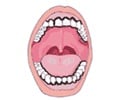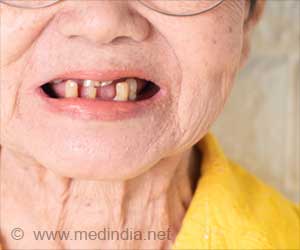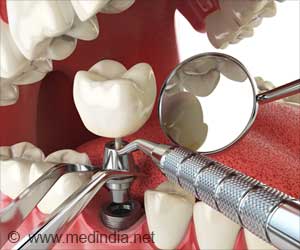New prediction model about oral diseases burden in emerging countries suggests that an increase in disability-adjusted life years attributed to oral diseases across all age groups.

‘Predicting the burden of oral diseases in emerging countries helps in healthcare policy making decisions.’





Global Burden of Disease data from 1990-2017 is used to analyze the prevalence and disability-adjusted life years of oral diseases across the U.S., Brazil, Russia, India, China, Mexico, Indonesia, Nigeria and Turkey by gender and age groups (<5, 5-14, 15-49, 50-69, 70+ years) and to forecast in the coming years 2018-25.In this prediction model, females and older adults have a higher burden of oral diseases. Notably, Nigeria was expected to continue with the lowest estimated oral diseases burden compared to the other countries.
Although the U.S. had a relatively lower oral diseases burden than emerging countries, predictions suggest that increase in disability-adjusted life years attributed to oral diseases across all age groups.
These results also provide insightful information for policymakers to identify effective oral health strategies and allocation of resources to decrease the burden of oral diseases among populations with purported higher and increasing burden of oral diseases in the next five years.
Advertisement










